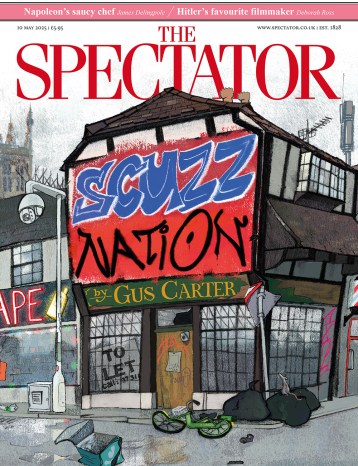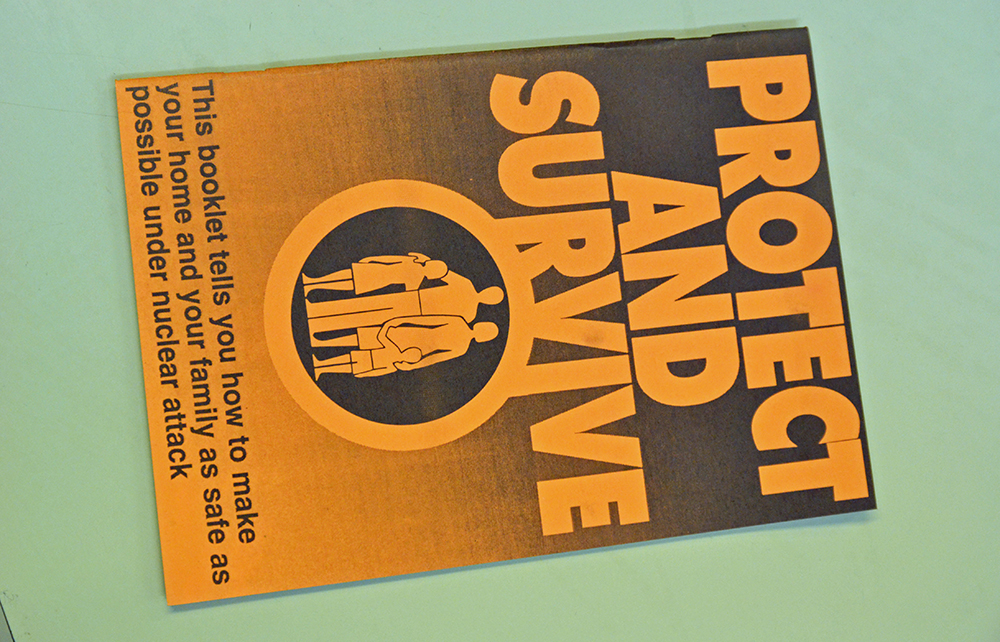Julie McDowall ‘first encountered Armageddon’ in September 1984 when she was only three. Her father was watching a BBC Two drama called Threads about a nuclear attack on Sheffield, but instead of putting her to bed (which he obviously should have done) he let her watch it too. She saw ‘milk bottles melt in the nuclear heat, blackened fingers claw out from the rubble’ and was convinced this was really happening.

Disagree with half of it, enjoy reading all of it
TRY A MONTH FREE
Our magazine articles are for subscribers only. Try a month of Britain’s best writing, absolutely free.
Already a subscriber? Log in






Comments
Join the debate, free for a month
Be part of the conversation with other Spectator readers by getting your first month free.
UNLOCK ACCESS Try a month freeAlready a subscriber? Log in